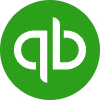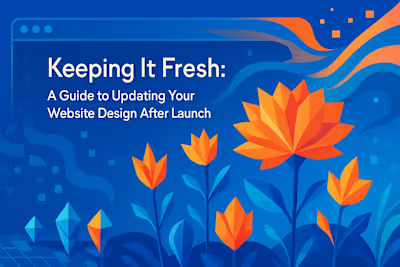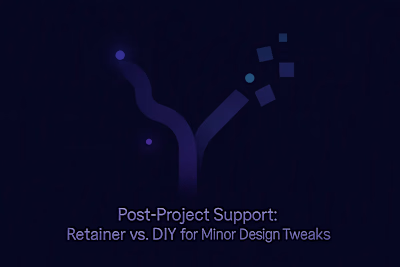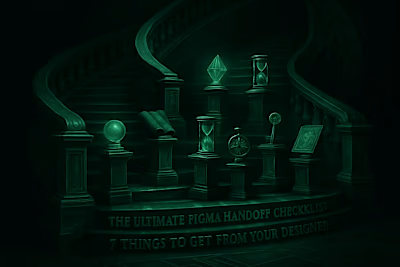Level Up to Leader: When and How to Turn Your Freelance Gig into a Full-Fledged Business
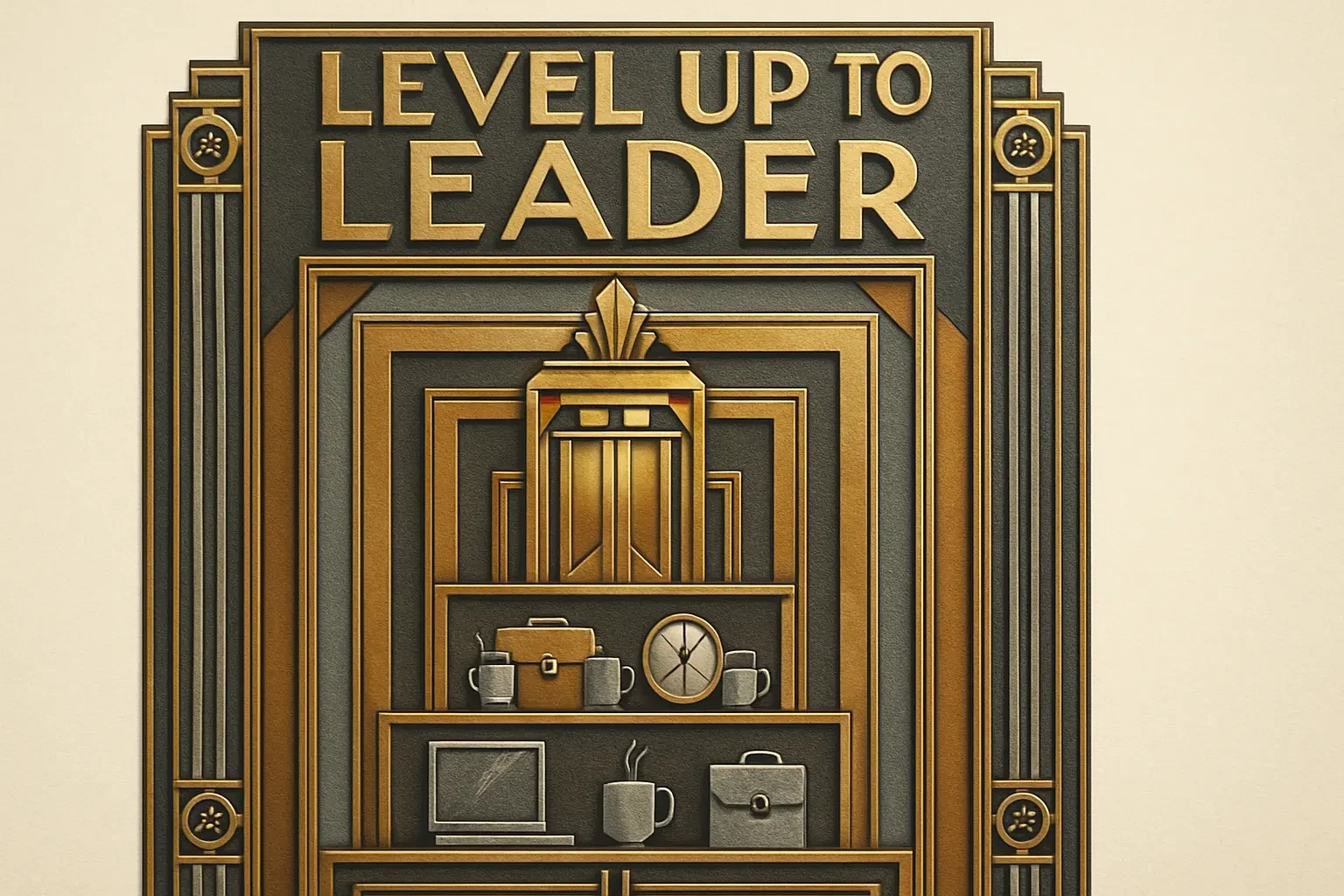
Level Up to Leader: When and How to Turn Your Freelance Gig into a Full-Fledged Business
Are You Ready? 5 Signs It's Time to Scale Your Freelance Business
Consistent Overload and Turning Down Good Projects
You're Earning a Stable, Predictable Income
Clients Are Asking for More Than You Can Offer
You're More Interested in Strategy Than Execution
You Have a Strong Roster of Happy, Long-Term Clients
The Blueprint: How to Transition from Freelancer to Business Owner
Defining Your Business: Niche, Services, and Model
Making It Official: Legal Structure and Registration
Financial Foundations: Business Bank Accounts and Pricing
Building Your A-Team: The Art of Hiring
The New Mindset: Embracing Your Role as a Leader
From Designer to Delegator
Systems and Processes for Scalability
Marketing Your New Business (Not Just Yourself)
Your Next Chapter Starts Now
References
Level Up to Leader: When and How to Turn Your Freelance Gig into a Full-Fledged Business
Are You Ready? 5 Signs It's Time to Scale Your Freelance Business
Consistent Overload and Turning Down Good Projects
You're Earning a Stable, Predictable Income
Clients Are Asking for More Than You Can Offer
You're More Interested in Strategy Than Execution
You Have a Strong Roster of Happy, Long-Term Clients
The Blueprint: How to Transition from Freelancer to Business Owner
Defining Your Business: Niche, Services, and Model
Making It Official: Legal Structure and Registration
Financial Foundations: Business Bank Accounts and Pricing
Building Your A-Team: The Art of Hiring
The New Mindset: Embracing Your Role as a Leader
From Designer to Delegator
Systems and Processes for Scalability
Marketing Your New Business (Not Just Yourself)
Your Next Chapter Starts Now
References
Posted Jul 6, 2025
Is your freelance design career booming? Learn the key signs it's time to scale up and the exact steps to transform your solo gig into a thriving design business.

